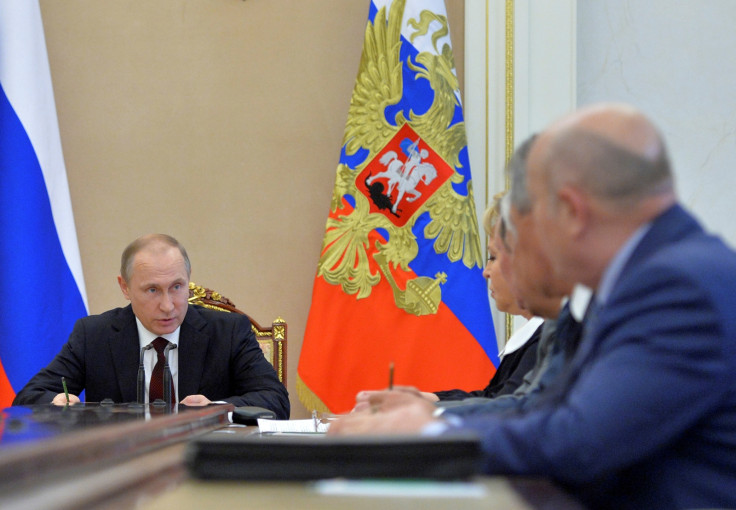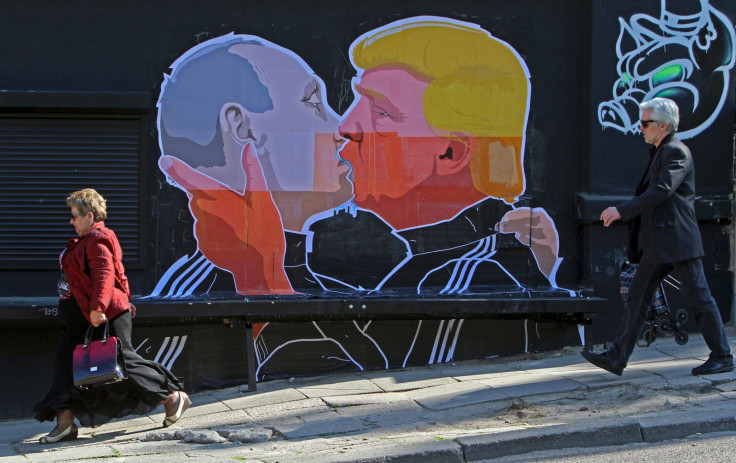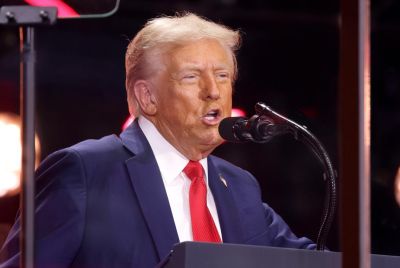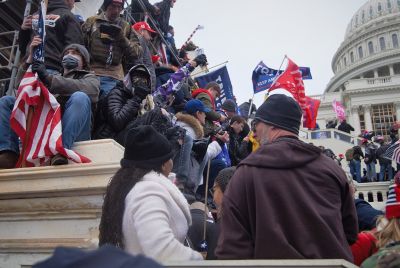Putin's Russia strengthens air power in bold foreign policy maneuvering
Moscow's influence in the Middle East is assured, but what about China, Ukraine and the Baltics?

The exit from the Mediterranean of Russia's naval battlegroup, begun on Friday (6 January), signaled Moscow's intention to project an image of "job done" in Syria, but equally it raises the question of "what next?"
With Russian influence in the Middle East assured thanks to its backing of Syrian President Bashar al-Assad, the speculation is whether new foreign policy objectives will now be on President Vladimir Putin's horizons for 2017.

There is no shortage of commitment by the Kremlin to its military; just hours after the departure of the Admiral Kuznetsov, the Russian Air Force said it would get five new Sukhoi T-50 fighter jets.
It will also double the strength of its artillery corps by 2021, including 900 new planes with another 900 to be modernised. Meanwhile, the Navy said it would add 100 airborne vehicles by 2020.
This hardware mixed with the soft power of its propaganda outlets, could make for a year of shifting foreign policy priorities.
Ukraine
The spectre of a full scale land invasion by Russia into Ukraine was raised by a senior Russian military expert in December 2016. Mikhail Aleksandrov, from the Moscow State Institute of International Relations, said if there was a violation by the Ukrainian military in the Donbass region Russia would respond.
Whether his view has the blessing of the Kremlin is unknown but it does voice the worst fears of the international community. Adding to the rhetoric was Ukraine's president Petro Poroshenko who announced missile exercises had been conducted near the Crimean peninsula to get ready for a "full scale incursion" by Russia.
Vice-president of the Atlantic Treaty Association, Professor Dr Julian Lindley-French, said Russia would continue to promote hybrid warfare in Ukraine, with the chance of a move in spring towards Mariupol to reinforce its land bridge with Crimea, which Moscow annexed in 2014.
"If Putin can achieve policy objectives which is either a 'de facto' or a 'de jure' western buffer zone between the western border and Nato, then he won't act. If he feels that he needs to consolidate overtly the gains he has made in eastern Ukraine and Crimea, then he could well resort to military force. He is happy to keep Ukraine off balance but the real strategic hub of his grand strategy is Crimea," Lindley-French told IBTimes UK.
The Baltics and Nato

Ships arrived in the northern German port of Bremerhaven to unload fighting vehicles to be deployed to Eastern Europe to help beef up NATO's forces to counter the Russian threat.
But Moscow has long criticised what it describes as an unjustified build-up by the alliance on its border.
Russia's snap exercises are likely to continue as it seeks to keep the Baltic countries on their toes; countries already nervous due to the presence of 330,000 Russian troops stationed around the Baltic coast, such as is in the exclave of Kaliningrad.
Keir Giles, associate fellow of the Russia-Eurasia programme at the Chatham House think tank sounded the alarm over the alliance's inability to communicate with Russia better over the purpose of the alliance's battalions by the Baltics.
"Dangerously, for the time being, NATO appears to be failing to communicate effectively even with its own populations – let alone the equally important task of doing the same with Russia," he wrote in September.
A pivot towards China
In September, Russian and Chinese naval forces held their first-ever joint military drill in the South China Sea. The drill was not in a contested part of the sea, but it does show that Moscow seems to support China's claim to its disputed islands.
Moscow announced it wanted stronger ties with Beijing as a "key element of global and regional stability", the Asian Times reported. Russia will continue to focus on Asia in 2017 and work closely with the Shanghai Cooperation Organization (SCO), a group of Asian nations which has Beijing at its centre.
Moscow will also forge closer ties with the Association of Southeast Asian Nations (ASEAN) and what it calls its "Greater Eurasia" initiative, which could be an important player on the global stage, including India, Pakistan and Iran.
Vladimir Putin will have to juggle his interests in ties with China with his new relationship with the incoming US president Donald Trump, who has made statements suggesting he wants to contain China.
A friend in the White House?

The common denominator for all of Russia's foreign policy is Donald Trump. They have not met as heads of state, but the mood music suggests friendlier ties between the Kremlin and Washington after Trump takes his oath.
The hack of Democratic National Committee emails, allegedly due to Russian interference, which Moscow denies, has led to reports that the Kremlin has the man it wants in the White House. A lot will depend on the whether US sanctions against Russia will be softened or even lifted. Trump's apparent disdain for Nato, could also play into the hands of Putin.
Rusi research fellow, Sarah Lain, wrote in December that a reset in ties between the countries could be possible but will require "more strategic thinking" in Moscow as it could mean that "Russia will need new outside powers to scapegoat internal problems.
"So, the conciliatory message to the Americans is kept lukewarm, just enough to signify a change, but not too much so as to lower the Russians' guard against the West."
She added that Trump is less predictable than Clinton which could lead to a "more volatile relationship if subsequent developments do not suit both Trump and Putin".
© Copyright IBTimes 2025. All rights reserved.





















